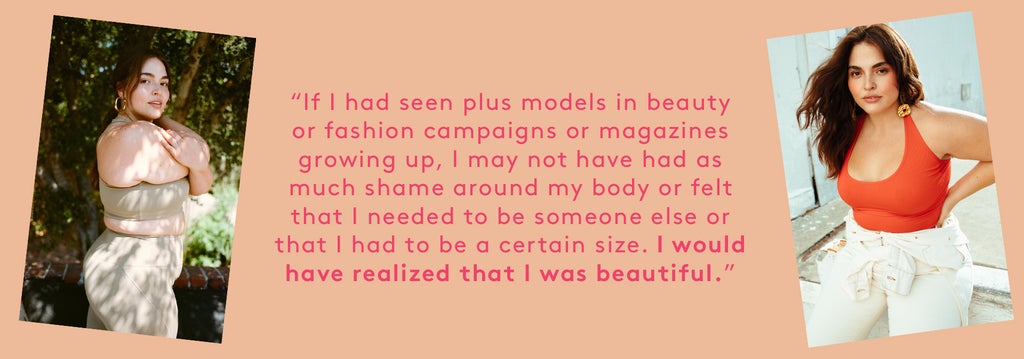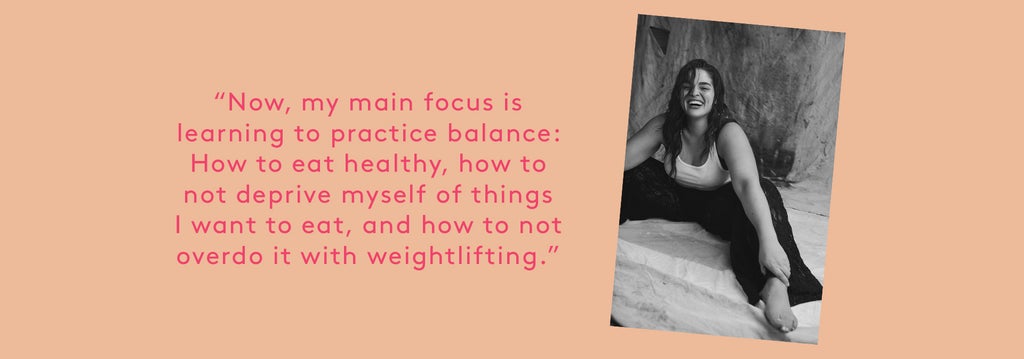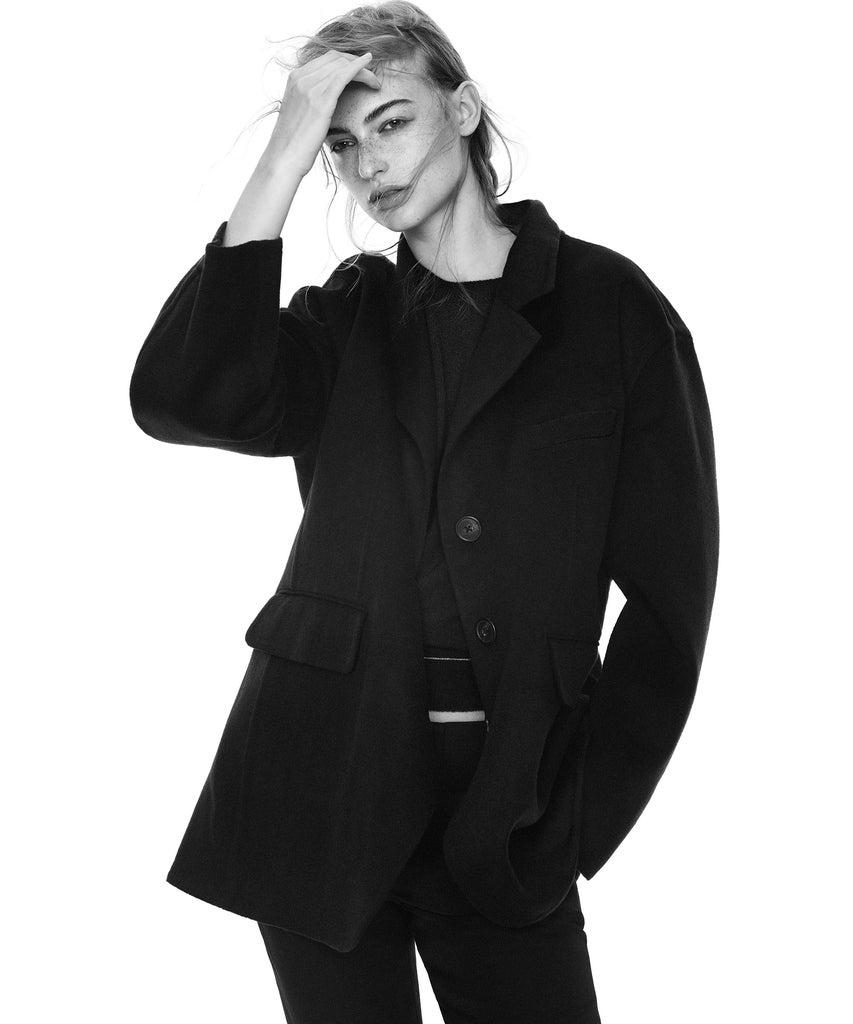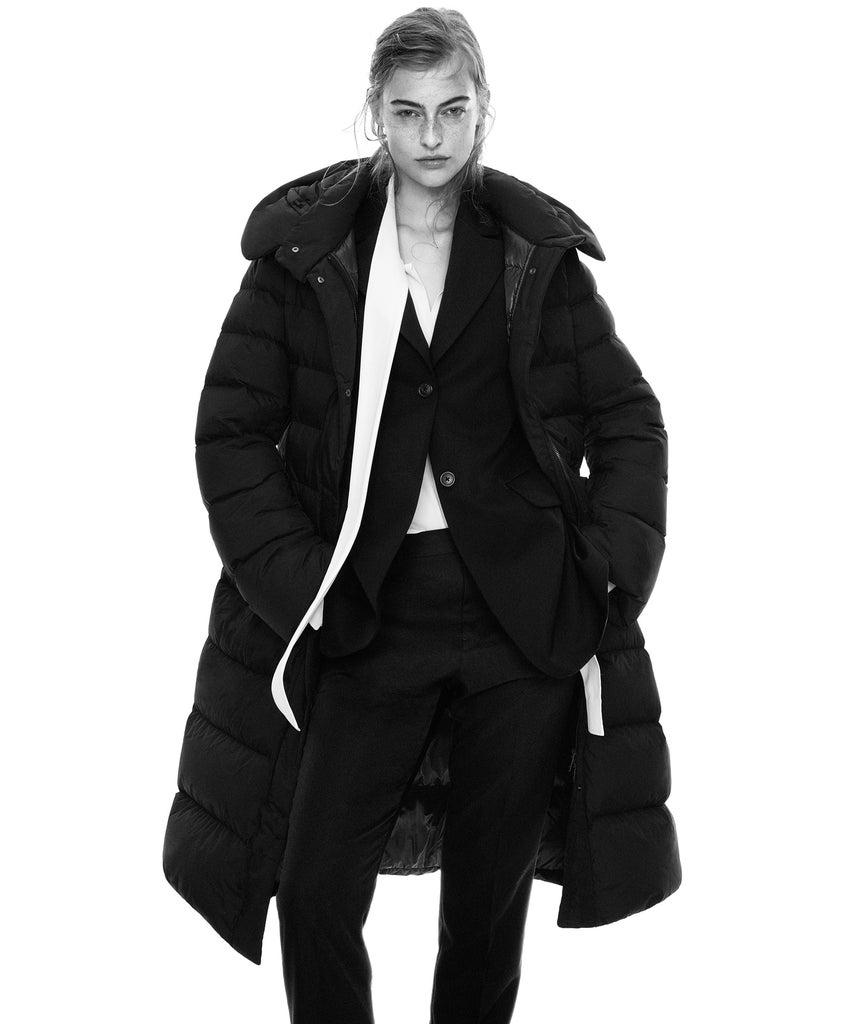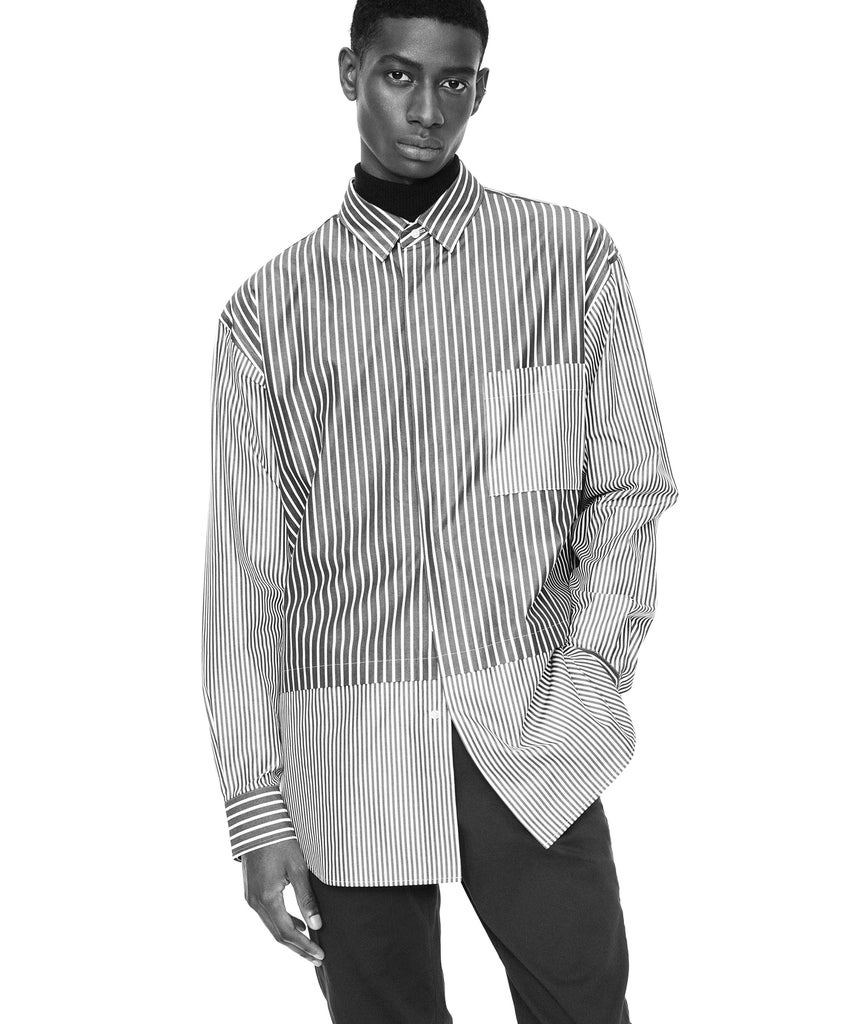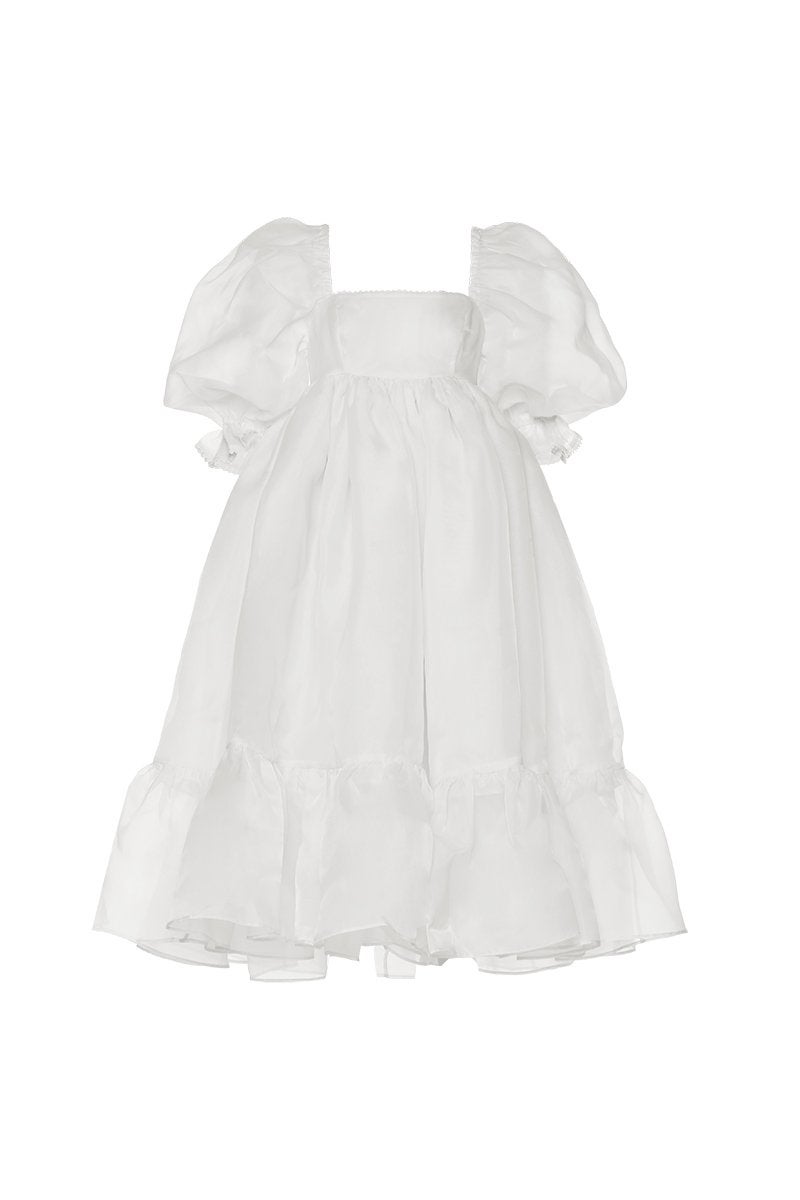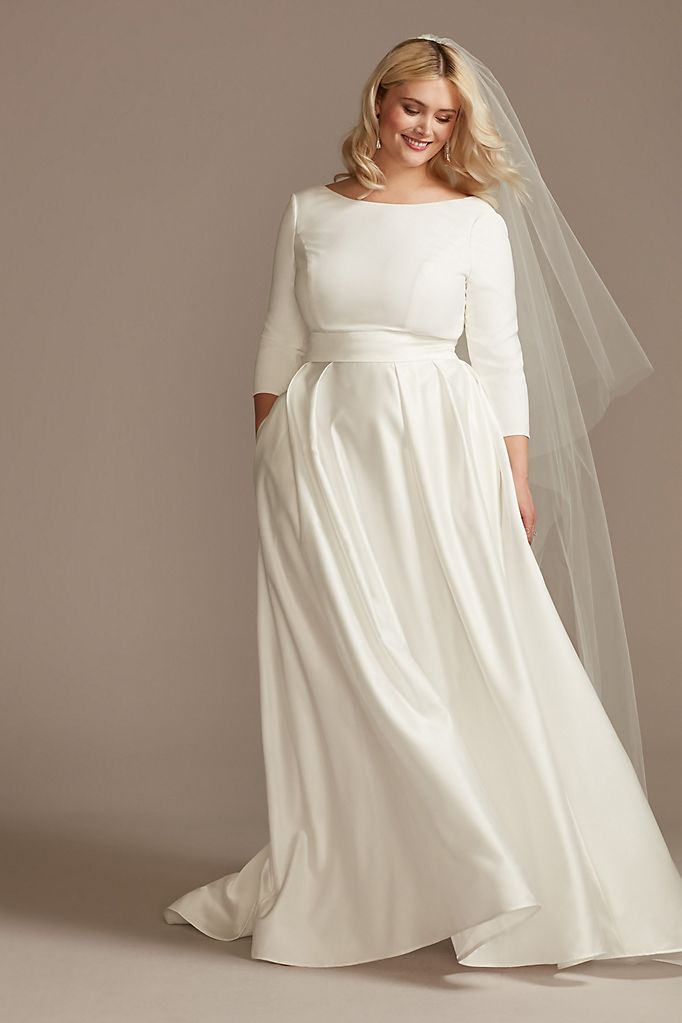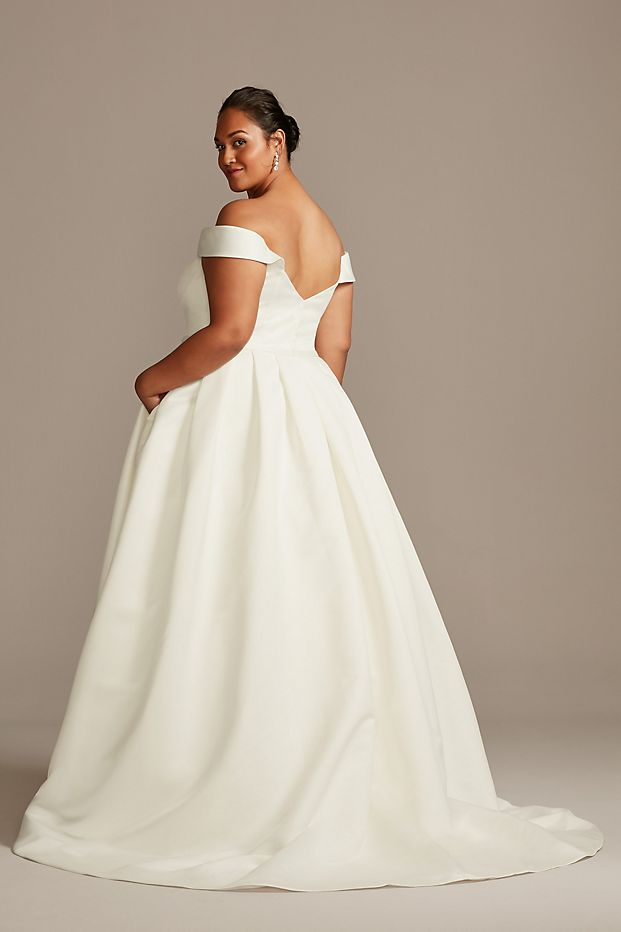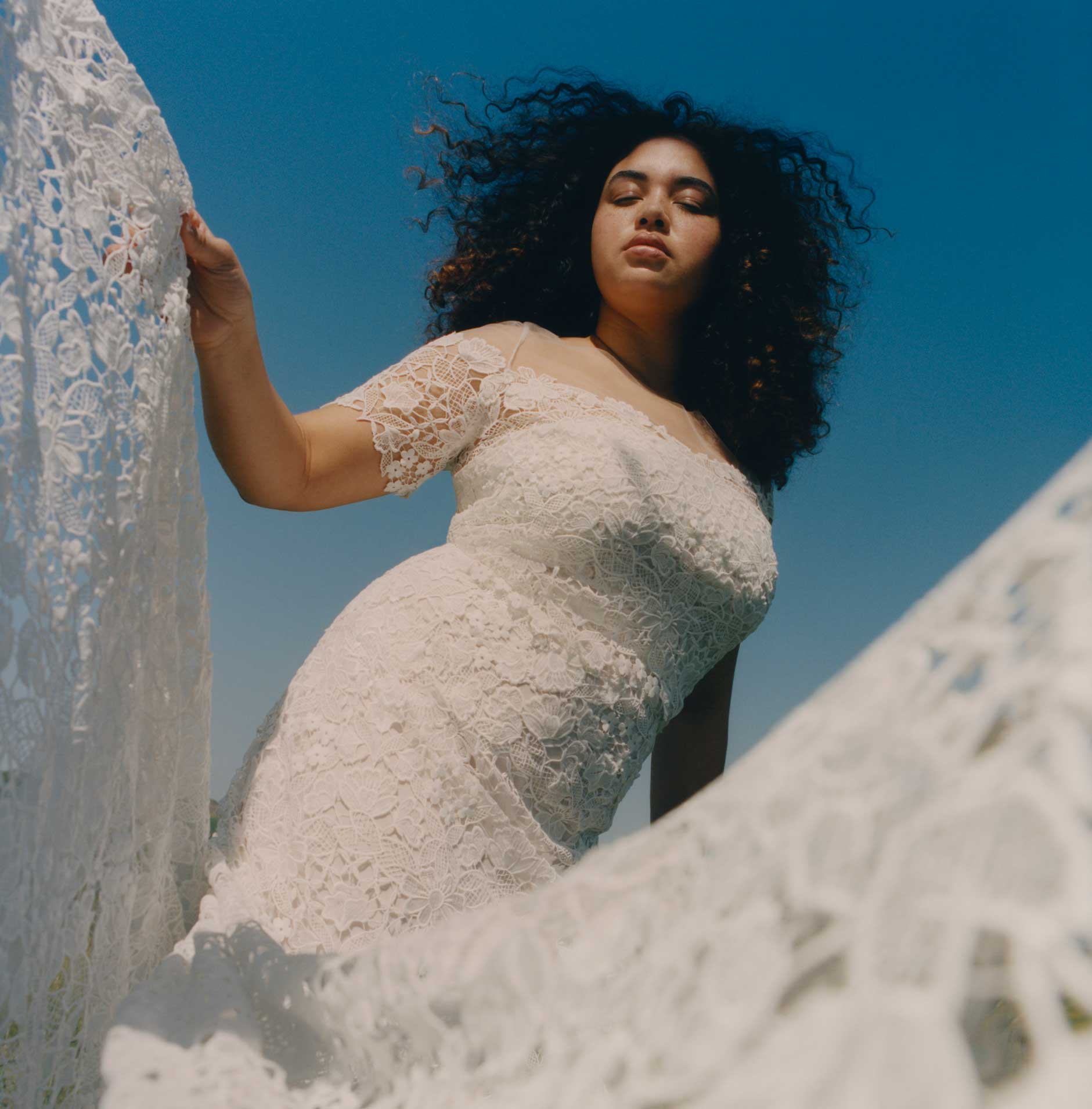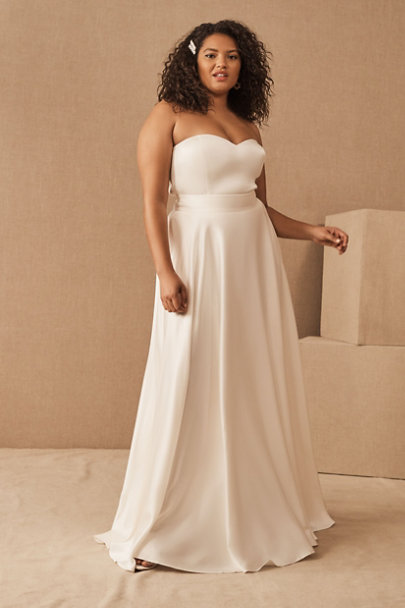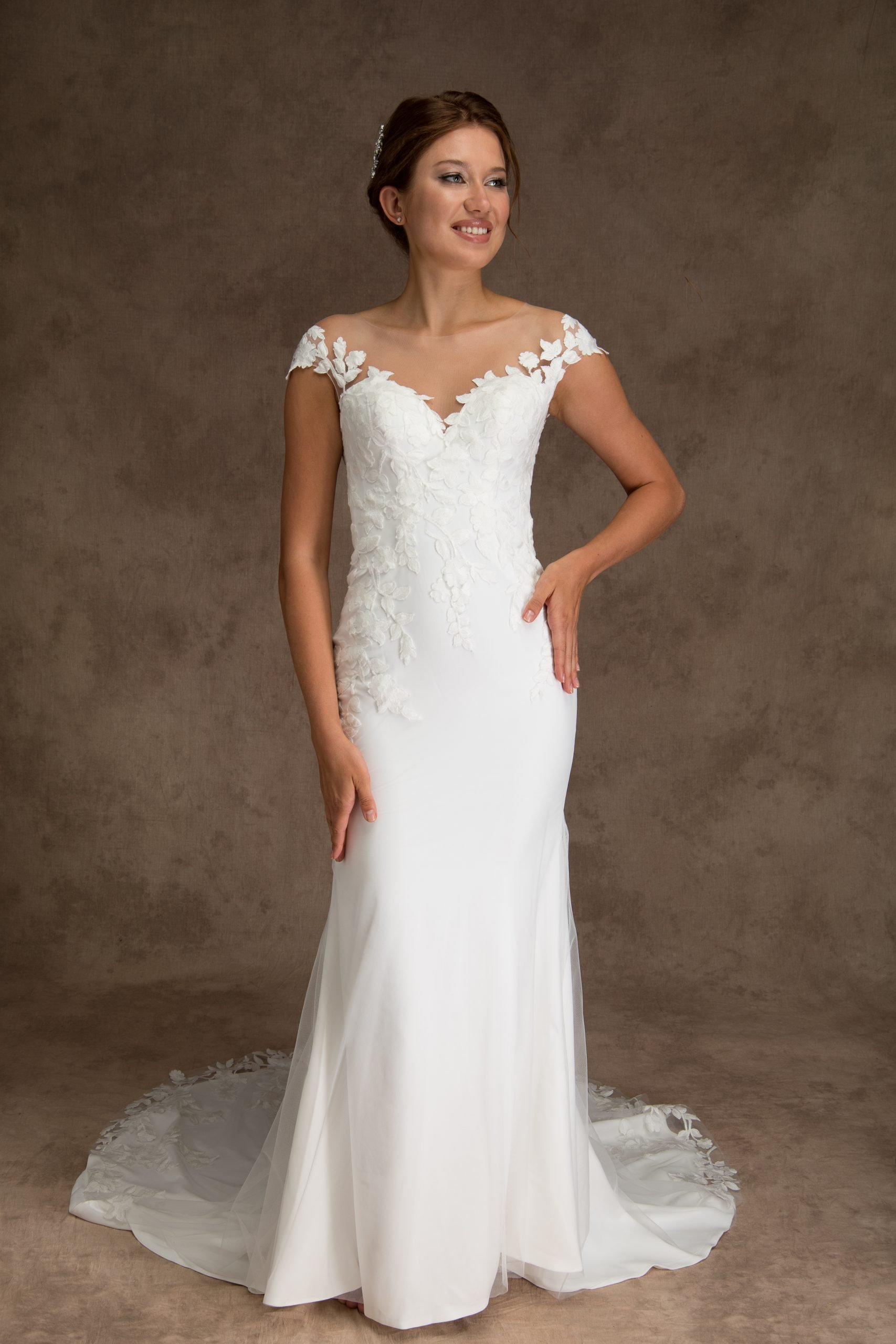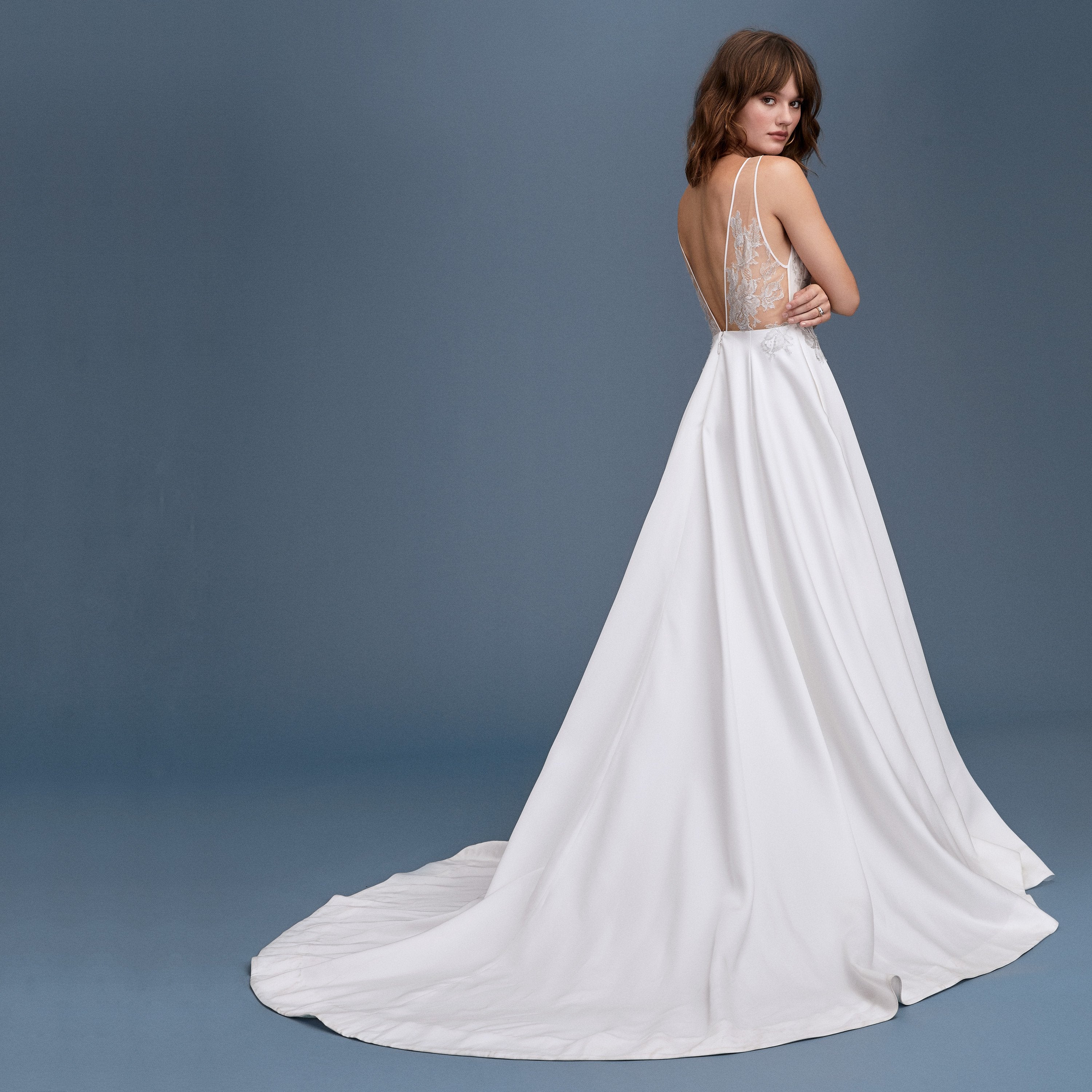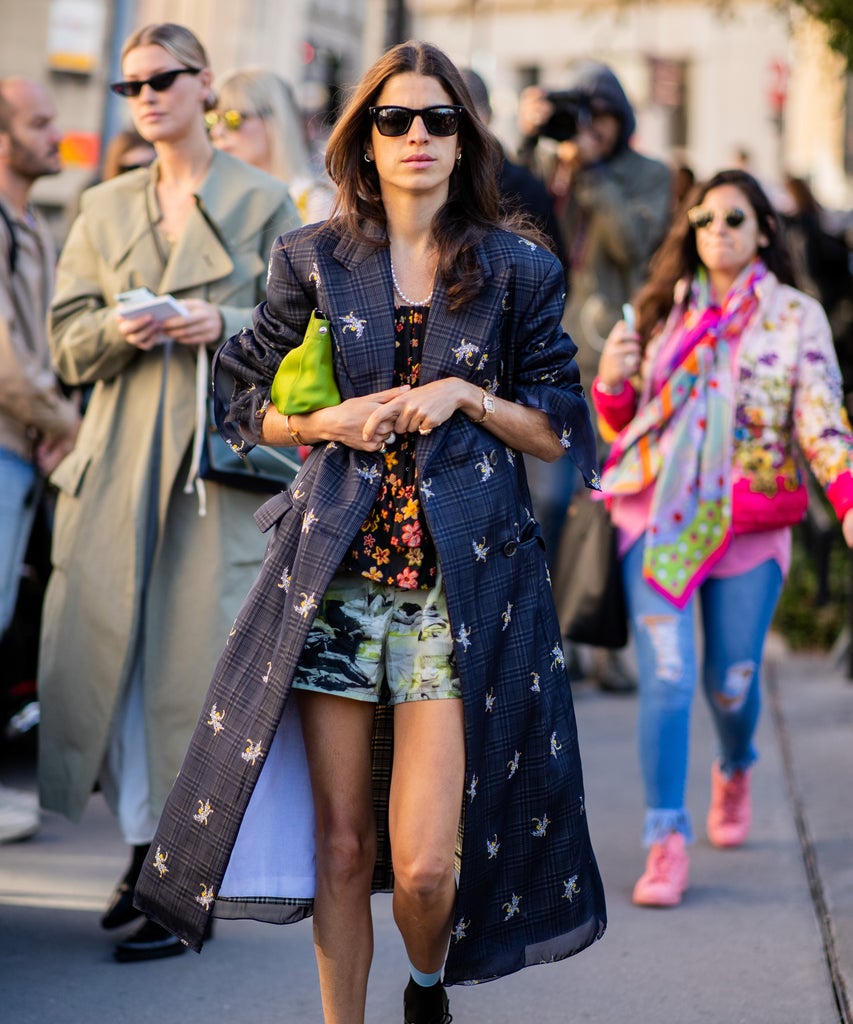
Last week, it was announced that Man Repeller — the personal fashion blog-turned-lifestyle website started by Leandra Medine Cohen in 2010 — was shutting down as a result of “financial constraints.” This news had been preceded by Medine Cohen “stepping back” from the publication in June following criticism about the company’s lack of diversity and poor treatment of former POC employees. “Man Repeller was founded to celebrate self expression in all of its forms but it has become clear that I’ve failed to deliver on this mission,” Medine Cohen said then. “The team deserves a chance to show you what Man Repeller can be with me on the sidelines so I’m going to step back and let them show you.” Three months later, the site rebranded as Repeller and promised “many more changes to come.” Now, less than two months after that, the site has ceased publication altogether. But even though many companies are struggling with the economic ramifications of the pandemic, it’s hard not to question whether the real problem with the site was that its “man-repelling” fashion aesthetic had slowly lost its appeal over the years, and COVID-19 and the racial reckoning were just the final nails in the Man Repeller coffin.
It’s hard to believe that it was a decade ago that Medine Cohen burst onto the fashion scene, capturing the zeitgeist with her distinctive dress style and candid voice that coined terms like “arm party” and “birth-control glasses,” turning them into fashion’s most popular catchphrases — and must-have trends. Like many fashionably inclined 20-somethings at that time, I bought stacks of bracelets that I could aesthetically display on my wrist, capturing and captioning them #armparty on Instagram; fawned over the Man Repeller collaboration with Dannijo; and read Medine Cohen’s memoir, Man Repeller: Seeking Love. Finding Overalls., in which she openly talked about puking in her grandmother’s Hermes purse and ruining her white Jimmy Choo shoes by stepping in dog poop.
For many, the appeal of Medine Cohen’s aesthetic was that it was relatable enough to mimic — while I couldn’t afford Dannijo, I could get my arm party on courtesy of MR’s collaboration with BaubleBar; but also that it was aspirational enough to, well, aspire to — I so wished that someone in my family owned a bag from Hermès. (Though I did also tragically ruin a pair of suede Jimmy Choo sandals — that I got for $99 at a clearance sale! — dancing on the beer-stained floor of a Lower East Side bar.) Medine Cohen’s rejection of fashion rules, canny deployment of humor (sometimes at the expense of herself), and calls to embrace “camel-toes” and “lady boner” fashion were a refreshing and fun change of pace in a fashion landscape still severely ruled by Vogue, the French Girl aesthetic, and form-fitting bandage dresses. Rather than follow those established fashion restrictions, Medine Cohen flaunted tops with ballooning sleeves and feathers, super-flared pants and high-waisted shorts, full-length overalls, shapeless maxi skirts and dresses, and clogs with socks. With Medine Cohen’s personal wardrobe including everything from J.Crew (then at its fashion peak), Levi’s, and Zara to Dior, Chanel, Celine, and Olympia Le-Tan, it was also the perfect mix of high- and low-brow fashion that bloggers were just discovering was the Midas touch for enticing followers to a just-launched social media platform called Instagram.
Purely from a style perspective, Medine Cohen’s quirky, nerd-ish aesthetic stood out among a sea of homogenous bloggers coming up at the time, without alienating a mainstream audience, despite (in theory) wearing clothes that, as the name suggests, were meant to repel. Her looks were curated just enough to look put-together and chic without ever seeming overthought or too planned (though, of course, no influencer’s look is ever as laissez-faire as they would like us to believe). Add her personable voice, talking about jeans “that did not slice vagina lips in half” and poking fun at fashion without outright mocking it, and it’s easy to understand why people (me very much included) embraced not only Medine Cohen but also her aesthetic. Fashion institutions followed suit, with publications hailing Medine Cohen an innovator in the blogger sphere, and also using the very fashion lexicon that she introduced. Suddenly long-controversial items like drop-crotch pants and boiler suits became super-stylish, and to be described as a “man-repeller” by a friend was the ultimate compliment.
Within a few years, Medine Cohen took Man Repeller from being a personal street style blog to a major brand, all centered around a website that now covered topics outside of fashion. In 2014, in a profile for The Cut, Medine Cohen told writer Benjamin Wallace that she wanted her site to be about more than just her life or aesthetic: “I want Man Repeller to be this very well-edited, curated place, stamped with the approval of the founder of the site. I don’t want it to be about me for much longer.” Wallace noted that “this is less a statement of humility than commercial shrewdness, the recognition that it’s a lot easier to scale a brand than a personality.”
While that might generally be true, what happens when the brand is the personality? Think of Rookie, the teenage answer to MR. Launched by Tavi Gevinson (who also originally had a personal style blog, Style Rookie), Rookie’s readers came for Gevinson’s similarly candid voice, strong point of view, and distinctive style. But, as Rookie expanded, included other contributors, and covered a range of other topics, Gevinson’s voice naturally receded, and so did the original focus on aesthetics. And while Rookie was celebrated for as long as it was around, particularly for not talking down to young women like many mainstream publications were prone to do back then, it, too, shut down after no longer being financially sustainable in 2018.
And yet, in 2010, in a fashion landscape that had little voice or sense of humor, Gevinson and Medine Cohen — witty, hilarious, relatable, and indisputably stylish — seemed like the future. “I think that when I started Man Repeller, the Internet was still hungry for authentic content from girls that weren’t actresses or supermodels, and were just relatable girls who had opinions and outfit ideas, and they weren’t always good but at least they were original,” Medine Cohen told Cosmopolitan in 2015. As Man Repeller grew, it began to cover beauty, relationships, culture, money, home, and more. Despite becoming known for more than just fashion and shopping, the site still released content predicated on a specific style (off-kilter, quirky) and voice (funny, unapologetic) whose origins traced back to Medine Cohen, even as it evolved into something broader, and more mainstream.
But despite — or perhaps because of — MR’s success, complete with a roster of talented writers and editors who called it home over the years, it’s all over now, out with a whisper of a post instead of a witty Instagram caption. It makes a specific fashion-world type of sense, though: Medine Cohen’s aesthetic approach, while original at the time, is now commonplace amongst influencers. (Now, you don’t even need to start a blog to get noticed for your zany style — an Instagram account is enough.) With the popularization of street style, which soon became screen style, more and more people started dressing to stand out, with Medine Cohen’s fashion hardly seeming “out-there” anymore in comparison. What’s more, style, in general, has changed, with a woman on the street in dungarees, a Canadian tuxedo, or culottes not prompting a second glance from anyone these days. Sneakers are now considered acceptable dress- and work-wear thanks to athleisure’s takeover in the latter part of the 2010s, boyfriend jeans are a wardrobe staple in many closets, and ugly shoes reign supreme. It’s not so much that Medine Cohen’s aesthetic went out-of-style, then, but rather that it became run-of-the-mill — which may be a far worse fate in the realm of aspirational fashion.
But it isn’t only Medine Cohen’s style that’s no longer seen as innovative as it once was. When launching the blog, Medine Cohen defined “man-repelling” as “outfitting oneself in a sartorially offensive way that will result in repelling members of the opposite sex.” (Writing for Harper’s Bazaar, she described her style as the “sartorial equivalent of birth control.”) While 10 years ago, the concept — dressing in defiance of the opposite sex — was lauded for its girl-power approach to dressing with complete disregard for the male gaze, now the (very heteronormative) idea that we ever dressed for men seems wildly outdated. Millennials don’t need to be convinced to dress for ourselves or wear what we like. Let alone, Gen Z — who favor a gender-neutral way of dressing and need no help with expressing themselves through fashion, a mission that was at MR’s core.
In the announcement about the name change to Repeller, the team — officially no longer led by Medine Cohen — echoed that that sentiment: “We think our name should reflect something that’s been true for a while: being a ‘Man Repeller’ was defined as empowering yourself by deflecting the male gaze when this site began 10 years ago, but today discovering yourself and earning your confidence feels far more multidimensional.”
Perhaps if this change had happened a few years ago, say following the #MeToo movement, it would have worked — back then, it might have been hailed as being ahead of the curve, much like Medine Cohen’s style was a decade ago. Instead, judging by the comments left on the Instagram post announcing the rebranding, it seems like it happened a bit too late — nor was a rebranding really the point anymore given the very serious accusations about racist practices from former employees. Then too, it should be noted that others were disappointed in the name change for different reasons, explaining that MR’s original philosophy and the part it played in their fashion upbringing is the reason they kept coming back. For them, the aesthetic wasn’t the starting-off point, it was still the whole point.
Back in 2014, when talking to The Cut, Medine Cohen said she didn’t want her brand to be about just her anymore — she wanted it to be separate from her personality and individual style, and become something bigger. She talked about having seen The Social Network, which is about the founding of Facebook: “Like, I can do this, I’m gonna do this, I want to become a media giant.” And maybe Medine Cohen could have done just that with Man Repeller. Perhaps, as she herself speculated, she would have been more successful if she’d spent more time learning from the team she built. Or maybe there’s a lesson here about building a brand on one personality — and the aesthetic attached to it — one whose once-popular catchphrases now feel like a distant memory.
Like what you see? How about some more R29 goodness, right here?
Is This The Golden Age Of Clogs?

